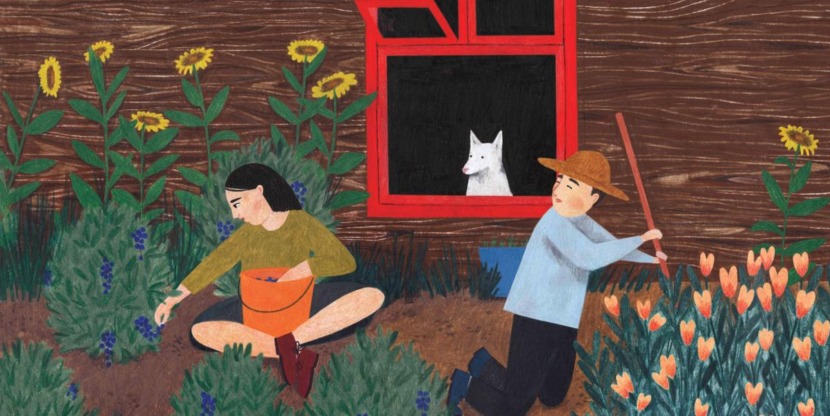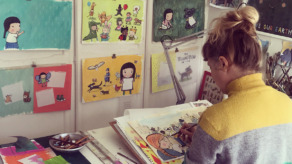The rise of slow life

Over the past 30 years more and more people have been choosing to take things slower and easier, to shift into a lower gear. What can we learn from them? Hedwig Wiebes, a ‘slow enthusiast’ herself, delves into the international Slow movement.
The Taste of the Good Life
The Slow movement began at a giant yellow M, when McDonald’s opened its first Italian branch in Rome in 1986. Protests came from all sides: not only was the restaurant close to the famous Piazza di Spagna and thereby spoiling the façade of a historical city center, it was also a slap in the face of Italian cuisine. Italian cooking is all about taking your time to prepare and enjoy the food, and a love for the ingredients. It definitely doesn’t include fries and hamburgers that are sitting on a shelf waiting for you before you’ve even decided that you want them.
Thousands of people joined the protest. They feared that if they tolerated this, their valuable cultural heritage would be at risk of disappearing. Carlo Petrini was one of them. That same year he founded the Slow Food movement, which, among other things, is committed to promoting traditional ingredients, local dishes and organic farming. Farmers markets instead of digital screens to place your order.
Slowly but surely, the movement gained traction around the world. Geir Berthelsen, a Norwegian physicist and business consultant, founded The World Institute of Slowness in 1999 to show that the best ideas are created when you take your time. In the same year the newly coined Dutch word for slowing down, onthaasten (de-hurrying), became an official dictionary entry.
I remember it well because, at the time, for me slowing down meant a day at the sauna or taking my time with the Saturday newspaper. I had no idea that the onthaasten concept would spread to all corners of our lives, and that I would no longer be able to imagine my own life without it. That was maybe also because at the time we didn’t yet understand what it really meant.







